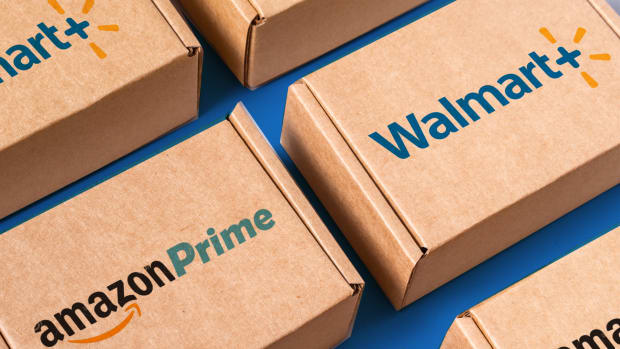How often to you shop online? Do you find yourself purchasing items at Lululemon (LULU), TJ Maxx (TJX), or Nike (NKE) on a digital or in-person platform?
According to a 2021 survey conducted by Statista, 80% (263 million people) of the United States population shops online. This survey also concluded that 56.6% of U.S. consumers actually prefer online shopping over in-person. There are multitudes of reasons for this, such as easy access, no lines, endless options, and discounts. But is this really true? Do the mass majority of people prefer digital means of purchasing clothing over the traditional in-person way?
Maybe Not?
Yes, it's true, people still prefer going in-person to a retailer to purchase their items, especially clothing.
E-commerce in 2020 for Lululemon accounted for 52% of total revenue, not much larger than in-store percentages. Nike's e-commerce in 2020 amounted to 21% of total net sales. Marshalls (owned by TJX Companies, Inc.) has generally been an in-store brand, not even launching a website until 2019. All of the TJX brands are about the treasure hunt, the idea of shopping and not knowing what you might find.
And yet, the TJ Maxx has more than 1,000 stores in the U.S. alone and is one of the biggest retailers in the U.S. As the fiscal year ended Jan. 29, 2022, it generated net sales of approximately $48.55 billion. This is larger than its $32.14 billion generated a year earlier.
Even the U.S. Department of Commerce reports that in the first quarter of 2022, e-commerce sales only accounted for 14.3% of total sales. So, the survey of people's preferences doesn't match reality.
Big retailers like Walmart (WMT) and Target (TGT) may not have as much to worry about from the e-commerce world as you might have previously thought. Both have invested in curbside pickup/delivery: Target with Shipt and Walmart offers same-day pickup and delivery (with a $7.95 or $9.95 fee). Both brands also utilize BOPIS and BORIS strategies, BOPIS meaning Buy Online, Pick Up In Store and BORIS meaning Buy Online, Return In Store.
In 2019, pre-covid, e-commerce sales for Target.com were $6.6 million. Then, in 2020, there was a huge jump to $16.2 million. Target in the third quarter of 2020 had Drive Up sales go up by 500%, in-store pickup up by 50%, and delivery up by 280%. This all was attributed to an increase for e-commerce.
However, in the 2021, 81.1% of Target's total sales came from in-store shopping and only 18.9% came from online shopping. And in the year 2022, e-commerce is expected to grow to 22.3%, but still in-store shopping prevails.

TheStreet
Covid Accounts for Much of the Increase
The big increase in delivery, drive-up, and pickup from 2019 to 2020 for Target can be attributed to the beginning of the covid-19 pandemic because people felt more inclined to avoid contact with others. But, as noted in 2021, a small percentage of Target's total sales were from online means of shopping and in 2022 it did not increase to a significant amount. This can be attributed to various reasons, such as the interactive experience of shopping, it's a traditionalist experience, there are no shipping fees, and one can ponder whether to buy an item while seeing it in action.
These retailers also don't have much to worry about in certain items when it comes their online competitor Amazon (AMZN). As of July 14, Amazon shared its top selling items of the day, most of which don't include clothing items and rather makeup, skincare, watches, wipes, kitchen essentials, toys, cleaning products, dog treats, and the list goes on. The only clothing item necessary to try on listed: Levi's Jeans (LEVI).
So, when it comes to apparel, corporations like Walmart and Target offer an in-store amenity that Amazon can't: Dressing rooms. Humans tend to promote all this hype around online shopping when, in reality, buying in-person is more important to most people. Ever buy a piece of clothing on Amazon and it doesn't fit, then have to go through the hassle of returning it? And, out of all of these digital brands we have, how many are digital only? Most stores offer online and in-person options. It seems viable for the mutual relationship of in-person and e-commerce.
This conversation over online versus in-person shopping extends into other areas of life. @KaeronHurley on Twitter (TWTR) sums this up well, noting that commitments have become easier to handle at home, such as meetings, buying groceries, and purchasing clothes with the pandemic. We can get all this at home, whether it be the notorious Zoom (ZM) or Google Hangouts (GOOGL) for meetings, Instacart for groceries, Amazon or your favorite clothing website for your desired apparel; companies have adapted to the pandemic by offering desirable at-home services.
Even so, it is evident that even though online shopping may seem the most used option, replacing in person shopping is not as easy as you think.







